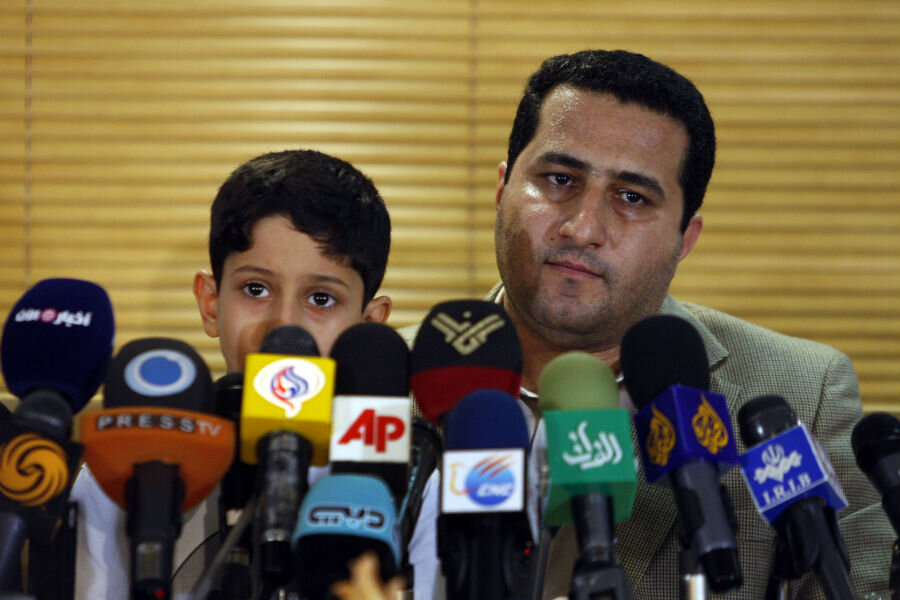Why did Iran put nuclear scientist Shahram Amiri to death?
Loading...
An Iranian nuclear scientist who disappeared on pilgrimage in Saudi Arabia in 2009, mysteriously surfacing in the United States to demand his repatriation a year later, was executed in Tehran last week, Iranian officials said on Sunday.
Shahram Amiri had been convicted of spying for the United States and was executed after the Iranian Supreme Court upheld the death sentence, Iranian chief prosecutor Gholam Hossein Mohseni-Ejei told state media.
“This person had obtained top secret information and established contacts with our number one sworn enemy, America, and passed on our country’s most crucial intelligence to the enemy,” said Mr. Mohseni-Ejei, according to The Guardian. He did not provide further details on why Mr. Amiri’s detention and trial had been conducted in secrecy, though he said that Amiri had been given access to a lawyer during the proceedings.
Once employed at a university research program which the European Union had linked to Iran’s defense ministry, Amiri disappeared in 2009 while on pilgrimage in Saudi Arabia. In videos released online the following year, he claimed he had been kidnapped by the CIA and brought to the US, with Saudi help.
That same year, he showed up at the Iranian interests section of the Pakistani embassy in Washington, D.C. and announced that he was seeking repatriation. He was feted upon his return to Tehran, lavished with attention at an airport press conference also attended by high-ranking officials, as the Associated Press reported, and insisted that his research work was not part of any confidential government program.
Amiri's initial disappearance came at a time when several Iranian scientists and others linked to the nuclear program had been killed, deaths Iran blamed on the US and Israel, The Washington Post noted.
US intelligence officials offered a different account of events, saying Amiri was paid $5 million by the CIA and placed in protective custody in exchange for information on Iran’s nuclear program. The researcher, they told the AP, had run a radiation-detection program in Iran, and came to the US of his own accord. Some analysts have speculated that his decision to return after three months may have been prompted by threats against his family by Iranian officials.
Emails from Hillary Clinton released by the US State Department in 2015 – part of investigations into her use of a private server for official business – seemed to lend credence to the idea that Amiri defected to the US during his trip to Saudi Arabia.
In June 2010, according to CNN, a special envoy for the US secretary of State for Eurasian Energy, Richard Morningstar, wrote an email to Mrs. Clinton that may have referred to Amiri’s desire to return to Iran.
"Per the subject we discussed, we have a diplomatic, 'psychological' issue, not a legal issue," wrote Mr. Morningstar. "Our friend has to be given a way out. We should recognize his concerns and frame it in terms of a misunderstanding with no malevolent intent and that we will make sure there is no recurrence. Our person won't be able to do anything anyway. If he has to leave, so be it."
A week later, two days before news broke of Amiri’s decision to request repatriation at the Pakistani embassy, a top advisor to Clinton wrote, "The gentleman you have talked to Bill Burns about has apparently gone to his country's interests [sic] section because he is unhappy with how much time it has taken to facilitate his departure. This could lead to problematic news stories in the next 24 hours. Will keep you posted."








